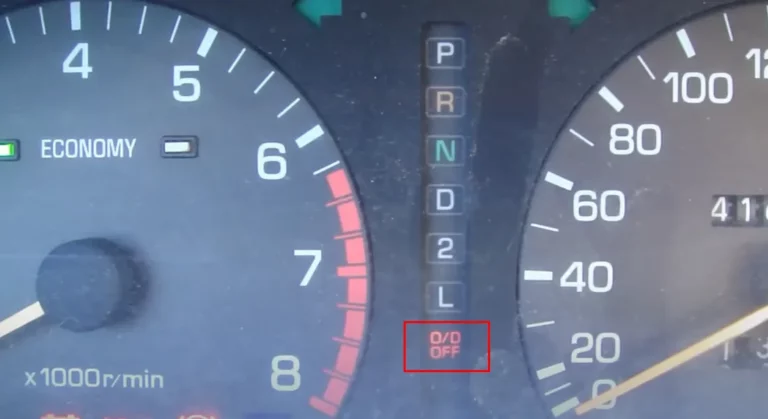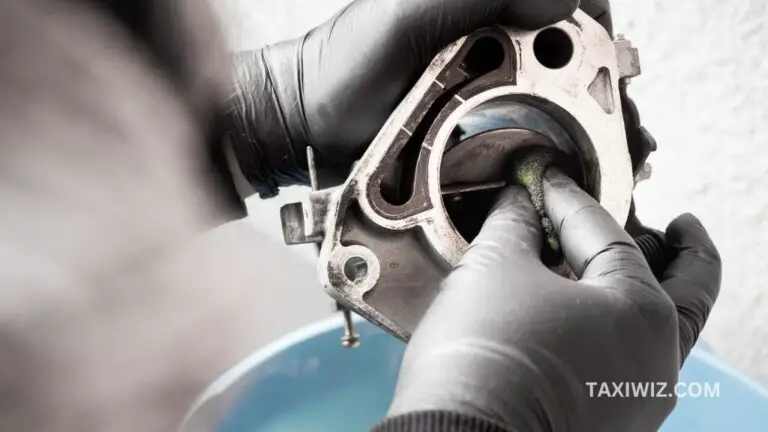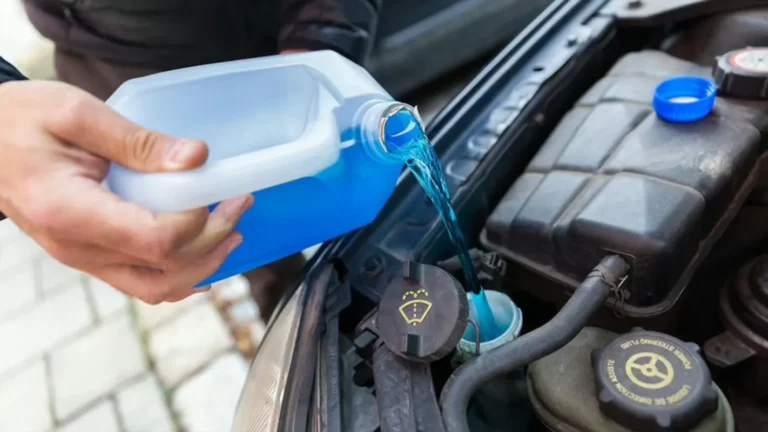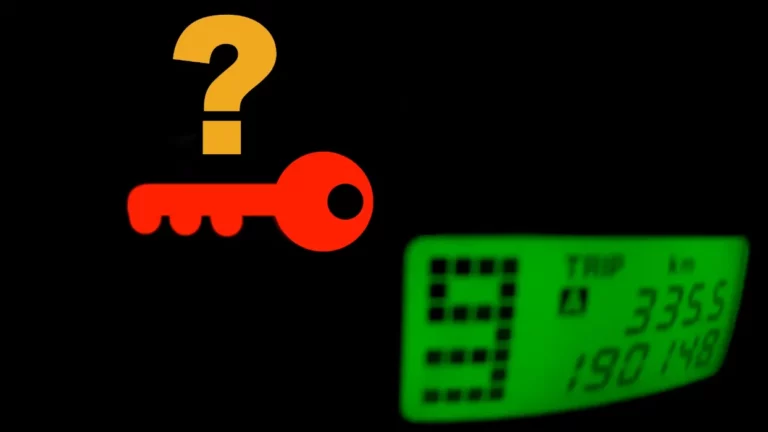What Does an Illuminated PS Light on My Car Mean?
Primarily, a car’s “PS” light stands for the Power Steering warning light. A vehicle’s power steering system helps the driver control the wheels more easily by utilizing hydraulic or electric power.
When there is an issue with the power steering system, the PS warning light is intended to notify the driver. It is often indicated when the PS light on the dashboard illuminates.
Low power steering fluid, a damaged drive belt, a faulty power steering pump, or an issue with the power steering control module are all potential causes of the PS light on Car.
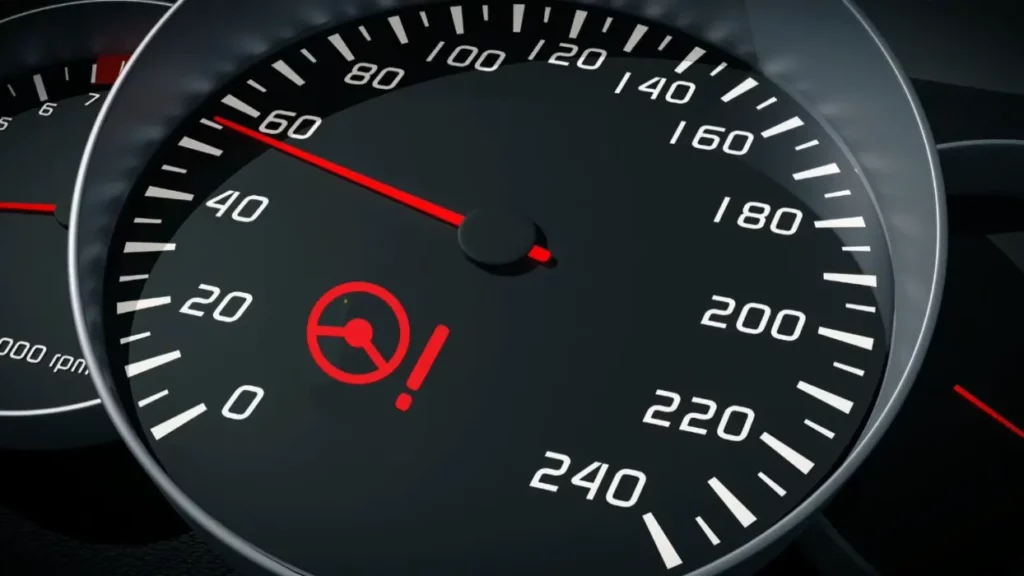
What Does The PS light on Car Mean?
The purpose of the power steering system warning light is to inform you of any possible problems with the power steering system in your car. The power steering system warning light can reveal a number of problems, such as:
- Low Power Steering Fluid: A low amount of power steering fluid is a frequent reason for the warning light to come on. This can be the result of a leak, regular fluid use over time, or failing to perform routine maintenance.
- Leak in the Power Steering System: If there is a leak in the power steering system, the warning light may come on. Damaged hoses, seals, or other system components may result in leaks.
- Faulty Power Steering Pump: The power steering pump pressurizes the fluid and aids in steering. It may be at fault causing the warning light to come on.
- Electrical Issues: In cars with electric power steering, the warning light may come on due to electrical faults such sensor failures, wiring issues, or faulty control modules.
- Belt Problems: The operation of the power steering system might be hampered by a loose, worn-out, or broken power steering belt, activating the warning light.
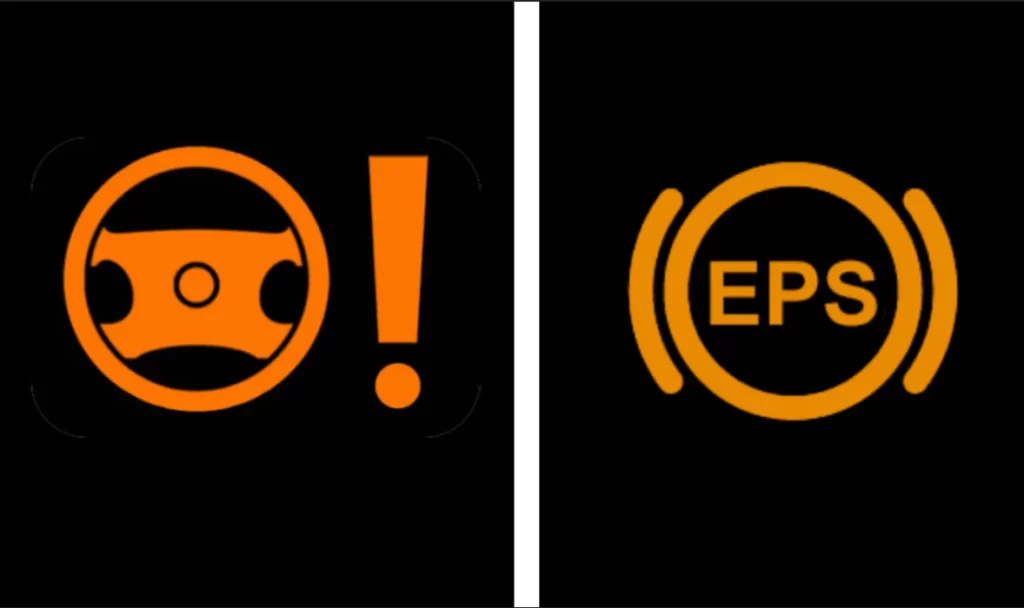
What Purpose Does the PS Light Play in a Car?
- Power Steering Warning Light is what the PS light stands for.
- It acts as a visual signal on the dashboard to alert the driver of a power steering system issue.
- When the PS light comes on, the driver is warned to behave accordingly and have the power steering system examined.
- By highlighting a broken power steering system, it helps avoid possible dangers or accidents.
- The PS light advises the motorist to consult a professional to determine the root of the problem and fix it.
- Quick response to the PS light helps protect the power steering system from additional harm and provide safe driving conditions.
- By confirming that the power steering system is operating properly, the PS light is essential for maintaining the vehicle’s best control and agility.
- When the problem indicated by the PS light is fixed, the steering returns to being simple and convenient. It improves the overall driving comfort and safety.
Related Post: EPS (Electric Power Steering) Warning Light On – How To Fix?
Common PS light on Car System Problems and Their Solutions
For smooth and precise steering, your car’s PS system is essential. But it’s important to investigate and deal with power steering issues as soon as you see them.
1. Low Steering Fluid Pressure
Inadequate power steering fluid can impair the power steering system and make steering difficult.
Fix
The solution is to check the level of the power steering fluid and top it off if necessary. Use just the proper fluid, as directed in your vehicle’s handbook.
2. Power Steering Control Module Failure:
The power steering system may fail or cease operating due to electrical issues, such as a broken power steering control module. Problems with sensors, wiring, or electrical components may be the cause of this.
Fix
Specialized diagnostic equipment is frequently needed to identify a failing power steering control module. It is advised to speak with a qualified mechanic to pinpoint the precise problem.
If the control module is found to be defective, you may need to replace it or fix it.
3. Power Steering Fluid Leaks
Worn-out parts in the power steering system or broken hoses, seals, a defective power steering pump can all cause leaks.
Fix
Check the power steering system for any obvious leaks, such as puddles or stains left by the fluid on the ground, hoses, or parts. Replace any hoses and seals that are cracked or worn out.
If the power steering pump is broken, you may need to fix it or replace it. Leaks should be fixed right away to maintain the right fluid levels and stop future harm to the power steering system.
4. Belts Problems
Inadequate power steering assistance may result from a loose, worn, or broken power steering belt.
Normal wear and tear, inappropriate tension, or exposure to extremely high or low temperatures can all cause this.
Fix
Examine the power steering belt’s state and tension. Check for glazed look, cracks, fraying, or other telltale indications of wear.
The manufacturer’s instructions should be followed if the belt exhibits any of these symptoms or feels slack. The smooth and efficient operation of the power steering system depends on the belt’s good operation.
5. Damaged Components
Steering a car may be challenging or stiff due to issues with the steering rack or transmission. This could happen as a result of normal wear and tear, broken parts, or inadequate lubrication.
Fix
It’s best to have someone with experience analyze and identify the problem if you notice excessive play, stiffness, or strange noises while steering.
To guarantee adequate operation and safe steering, repairs may require replacing old components or modifying the steering system. In certain circumstances, you may need to replace the steering rack or transmission.
6. Malfunctioning Power Steering Pump
A failed power steering pump can result in problems including a loss of all power assistance, a loud operation, or difficulties steering.
Wear and tear, a faulty pulley, or internal mechanical issues might all be to blame for this.
Fix
In order to get the power steering pump back to working properly, it will probably need to be changed if it starts producing strange noises like whining or grinding.
7. Air in the Power Steering System
Air bubbles that have become trapped in the power steering system might result in mushy or unpredictable steering, which can negatively impact performance.
Fix
Power steering system bleeding can assist get rid of air bubbles.
Typically, during this procedure, the steering wheel is turned from lock to lock while the engine is running, and fluid is added as necessary.
8. Electrical System Issues
If your automobile has electric power steering, faulty electrical systems might prevent it from working properly.
Fix
Inspect the electrical components of the car, including the battery, wire connections, and fuses, for any problems. Replace or make any necessary repairs if a blown fuse or loose connection is discovered.
Frequently Asked Questions [FAQs]
Can I still operate my vehicle with the “PS” light on?
Driving with the “PS” light on is not recommended.
What must I do if the “PS” light illuminates?
Pull over to the side of the road. Verify the level of the power steering fluid. If it is too low, top it off with the right kind of fluid. Check for any obvious indications of leakage in the power steering fluid.
Does all kind of power steering fluid will work with my car?
No, it’s necessary to use the right power steering fluid the vehicle’s maker has advised. The kind and viscosity of power steering fluid may be subject to different vehicle-specific criteria.

